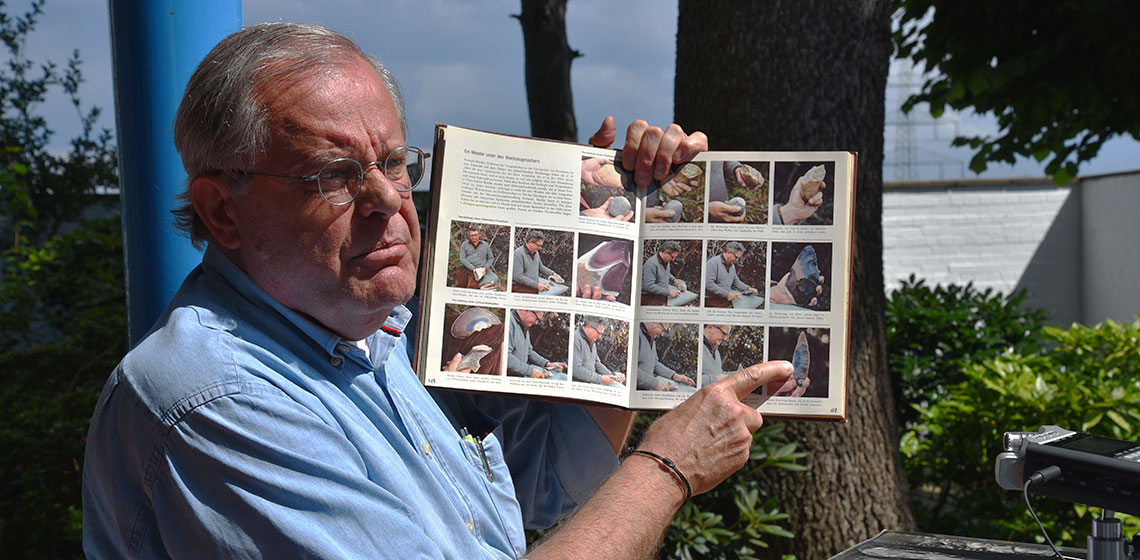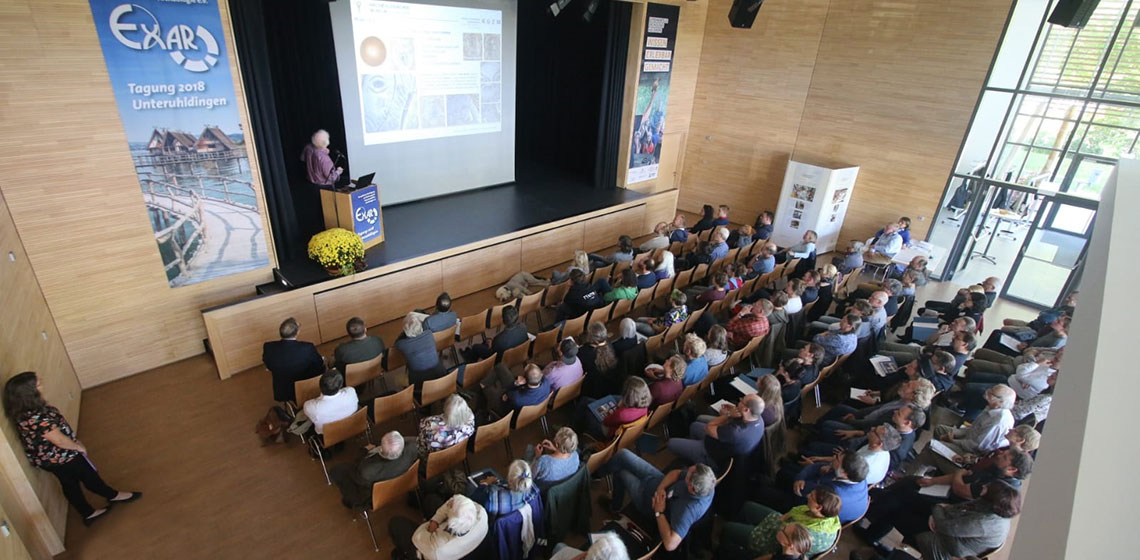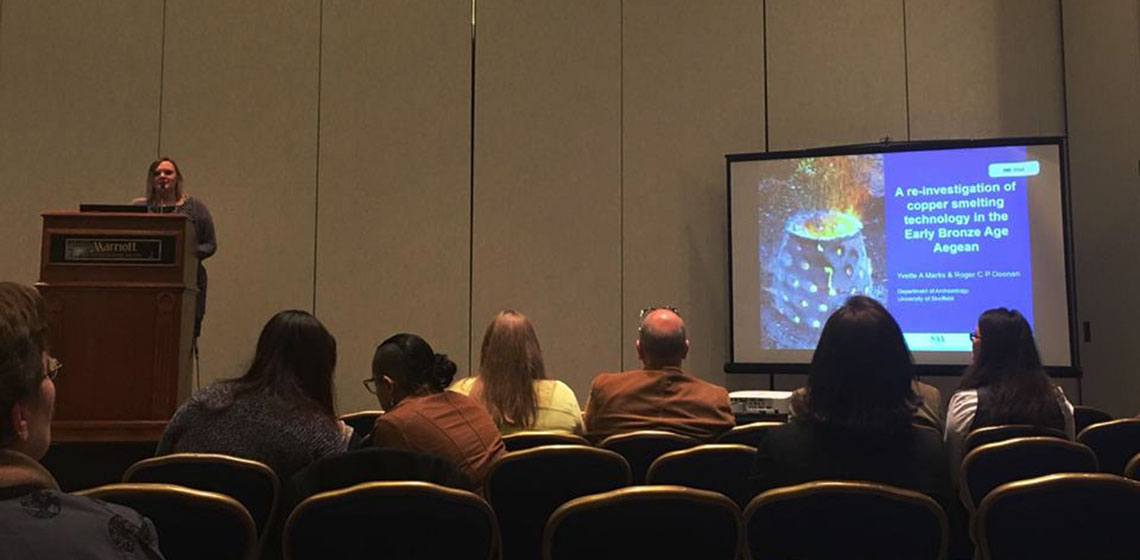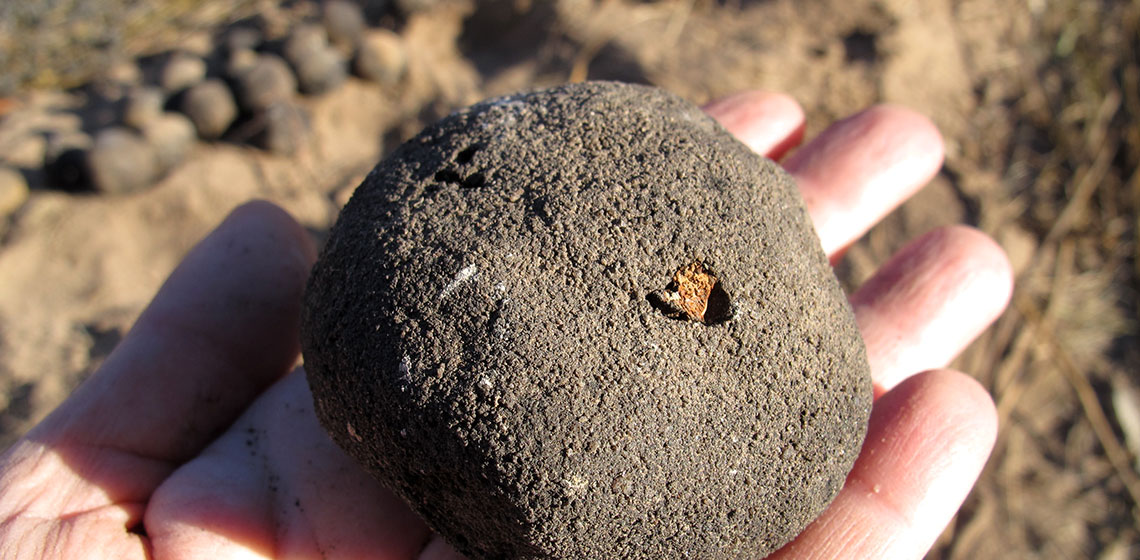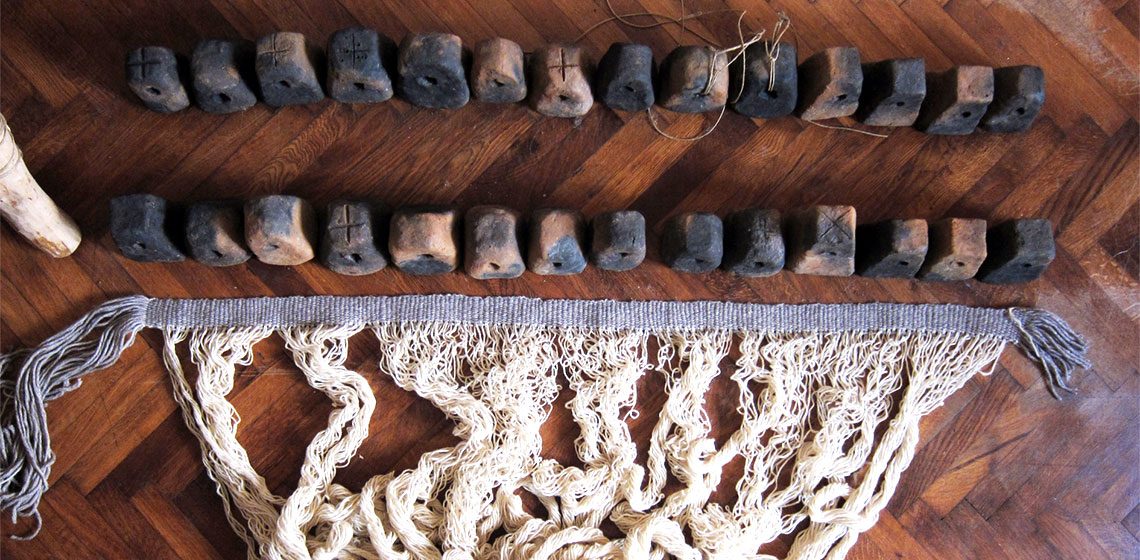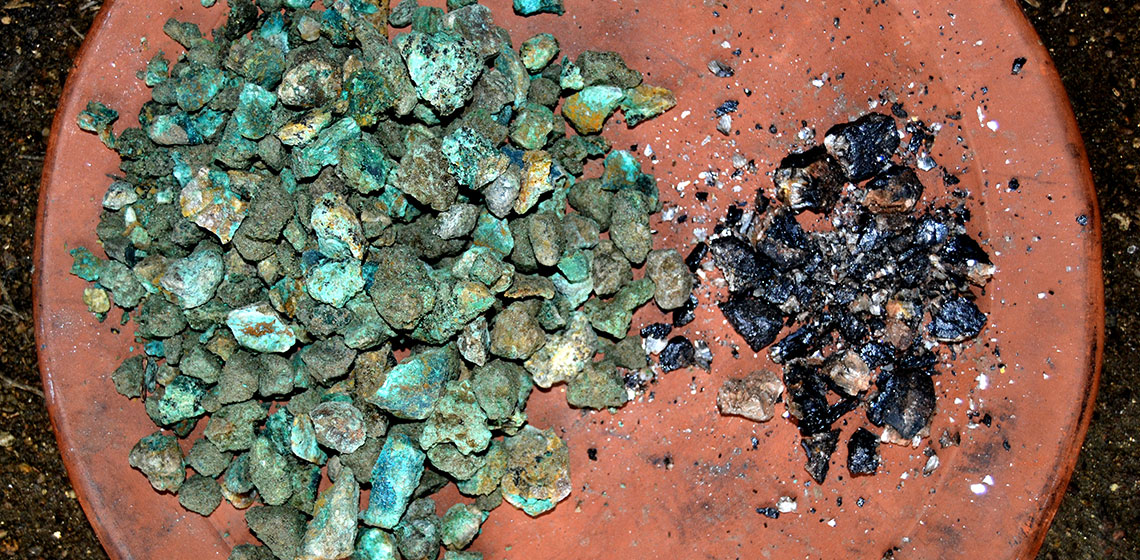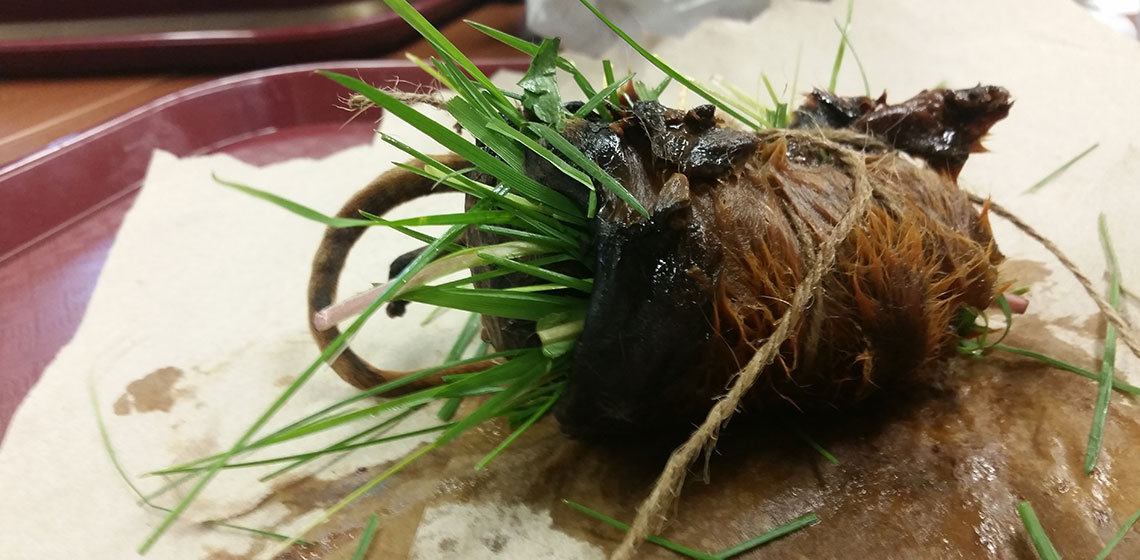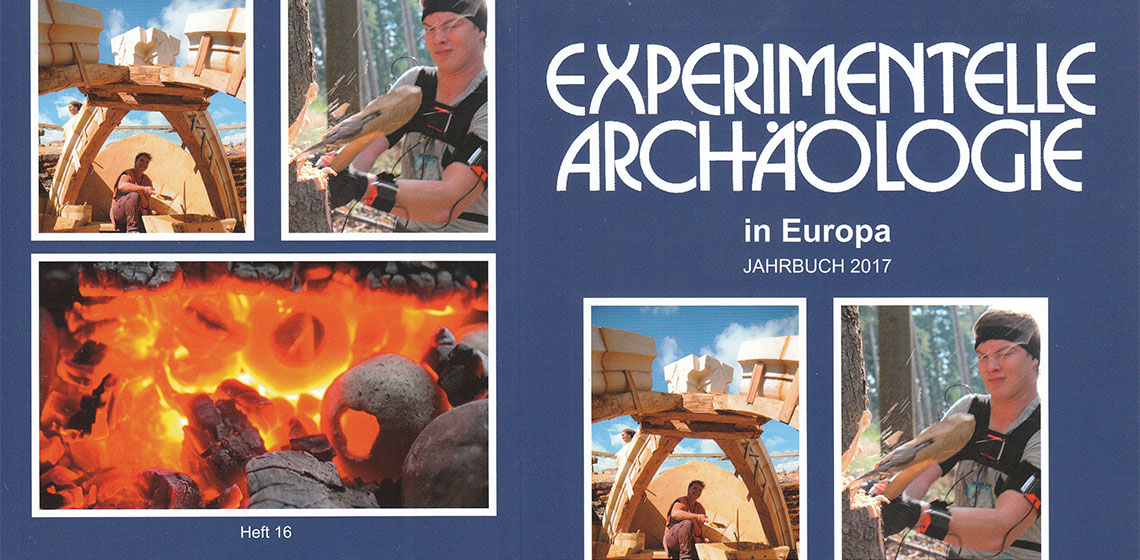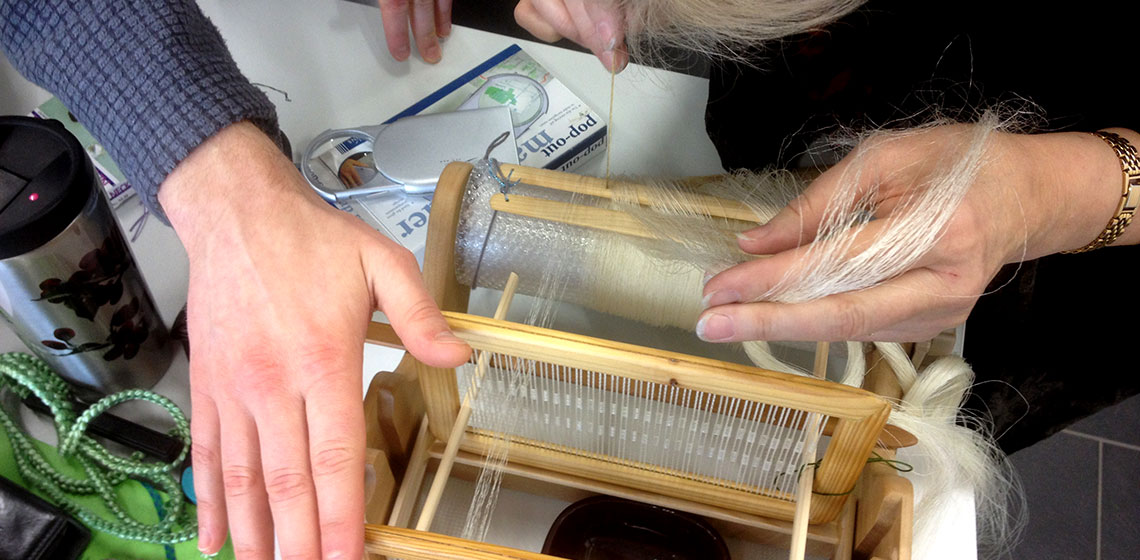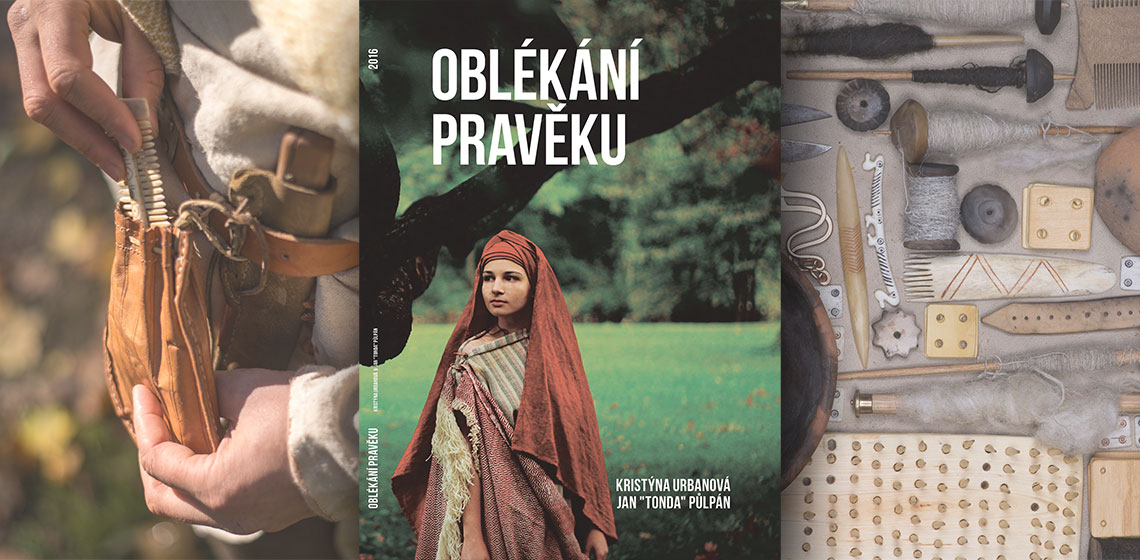Chalcolithic
Interview: "Right Time, Right Place" with Jürgen Weiner
Publication Date
Jürgen Weiner - you can’t get away with not knowing this name if you are involved in Experimental Archaeology, even more if it involves flint. Weiner has published numerous works and he is known as a walking encyclopaedia. Along with Marquardt Lund, I met Jürgen and his charming wife in their house near Cologne. Our interview took place on a pleasant June afternoon in the garden...
Conference Review: 2018 EXAR Tagung in Unteruhldingen (DE)
Publication Date
For the annual Tagung (conference), about 120 people convened in the southernmost point of Germany, at Lake Constance, near the borders of Switzerland and Austria. This conference is the perfect networking event for experimental archaeology in the German spoken part of Europe. Out of the 27 lectures, 25 were presented in German. The strength, but also its weakness, of the conference is that anything goes...
Conference Review: SAA General Session, Experimental Archaeology 2018
Publication Date
The Society for American Archaeology is, perhaps with the exception of the World Archaeology Congress, the largest meeting of archaeologists in the world. The 2018 annual meeting was held in Washington DC and was attended by approximately 5000 archaeologists. Delegates were primarily from the States, but there was also a good international showing with attendees coming from around the world...
Re-Creating an Aboriginal Earth Oven with Clayey Heating Elements: Experimental Archaeology and Paleodietary Implications
Publication Date
Earth ovens may relate to different ancestral cooking techniques, serving specific needs and functions. In eastern and south-eastern Australia, they were a significant element of a thriving pre-colonial Aboriginal culture. However, today it is extremely rare to find such structures well preserved. Based on archaeological and historical records...
Understanding the Archaeological Record: Reconstructing a Warp-Weighted Loom
Publication Date
10th EAC Leiden 2017
***The paper deals with a reconstruction of a warp-weighted loom based on a rare find of 36 in situ loom weights in an object interpreted as a weaving hut at an archaeological site Virje-Sušine in Northern Croatia dated in late Iron Age (La Tène C period, 2/2 3rd – 2/2 2nd century BC)...
***The paper deals with a reconstruction of a warp-weighted loom based on a rare find of 36 in situ loom weights in an object interpreted as a weaving hut at an archaeological site Virje-Sušine in Northern Croatia dated in late Iron Age (La Tène C period, 2/2 3rd – 2/2 2nd century BC)...
Learning to Recreate, Recreating to Learn. Experimental Archaeology
Publication Date
10th EAC Leiden 2017
***This paper aims to present and discuss ongoing activities that combine Experimental Archaeology and Ethnoarchaeology developed in the scope of a master's degree, a post-doctoral and other research projects at the University of Vigo (Galicia, Spain), in collaboration with regional open-air museums and educational centres...
***This paper aims to present and discuss ongoing activities that combine Experimental Archaeology and Ethnoarchaeology developed in the scope of a master's degree, a post-doctoral and other research projects at the University of Vigo (Galicia, Spain), in collaboration with regional open-air museums and educational centres...
Comparing Mummification Processes: Egyptian & Inca
Publication Date
This two-year research project was carried out as part of SUNY Potsdam’s Presidential Scholars program which allows undergraduates to conduct independent research. The project employs controlled laboratory experiments to compare desiccation rates in natural and artificial mummification processes while considering the cultural context of the funerary practices. Artificial mummification techniques of ...
Book Review: Experimentelle Archäologie in Europa, Jahrbuch 2017
Publication Date
Annual Proceedings of the EXAR Tagung
***This volume of Experimentelle Archäologie in Europa does not only serve as 2017’s year book of the European Association for the advancement of archaeology by experiment (EXAR), but also acts as a Festschrift dedicated to Professor Mamoun Fansa, who celebrated his 70th birthday...
***This volume of Experimentelle Archäologie in Europa does not only serve as 2017’s year book of the European Association for the advancement of archaeology by experiment (EXAR), but also acts as a Festschrift dedicated to Professor Mamoun Fansa, who celebrated his 70th birthday...
Conference Review: European Textile Forum 2017
Publication Date
The eighth European Textile Forum took place 6-12th November 2017, organised by Katrin Kania and Sabine Ringenberg. It was held at its adopted home LEA (Labor für Expermentelle Archäologie) in Mayen, Germany, a satellite of the RGZM (Römisch-Germanisches Zentralmuseum) at Mainz, by invitation of LEA director Michael Herdick...
Book Review: Dressing Prehistory (Oblekani Praveku) by K. Urbanová and J. T. Pulpán
Publication Date
A unique popular education publication called Oblékání pravěku (Dressing prehistory) has appeared on the Czech book market. It is a work by archaeologist Kristýna Urbanová, and Jan T. Půlpán, an experienced experimenter. At first glance the book attracts attention with an unusually large format, well chosen because of the foundation elements of the publication – colour photographs...

